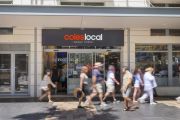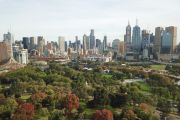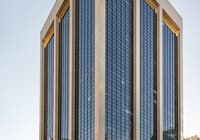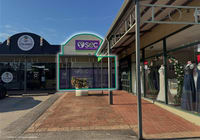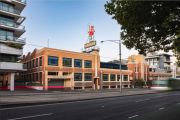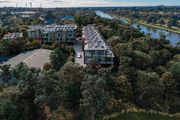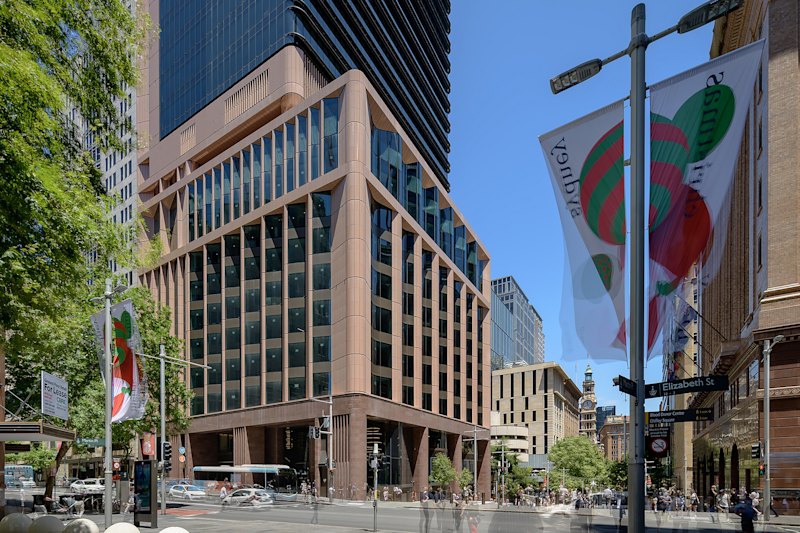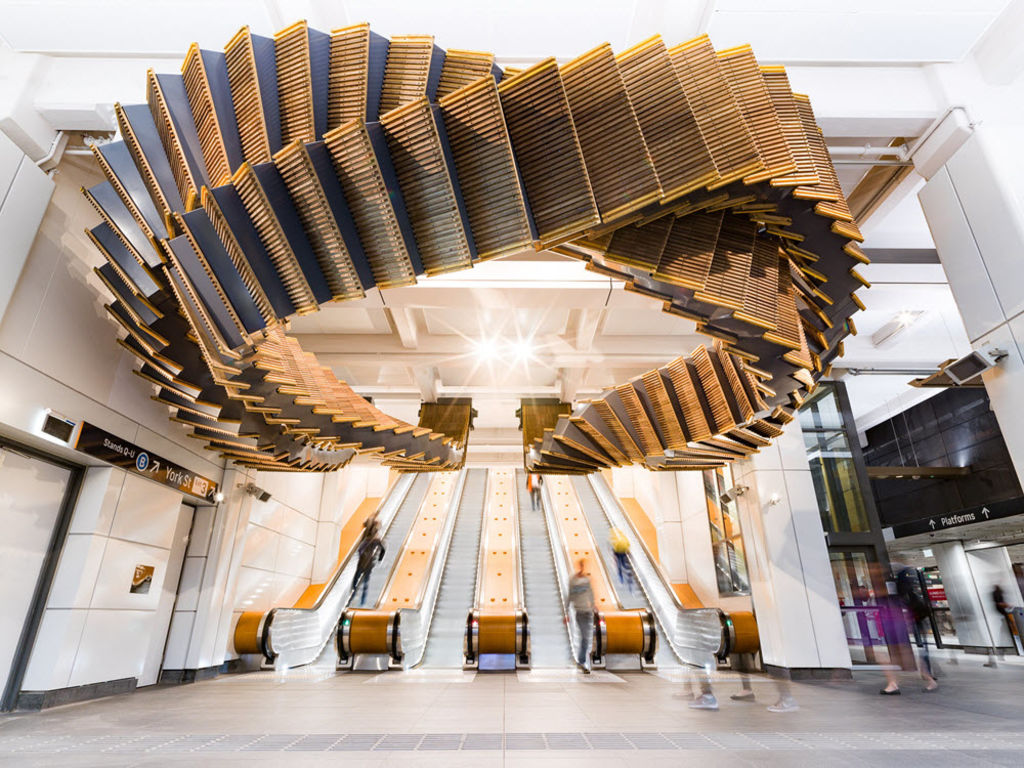
Public art brings 'enormous financial and social value' and developers need to be contributing more, experts say
Public art projects such as Sculpture by the Sea, the Interloop escalators at Wynyard and Brett Whiteley’s Matchsticks bring enormous social, cultural and financial value to Sydney.
But the catch is that these works are very expensive to create and maintain and government funding is limited.
In short, public art needs more private money, according to experts who were speaking at a forum to discuss the future of public art in Sydney on Thursday.
If the city wanted increased spending on public art, the money would have to come from either developers, the public or a combination of both, said City of Sydney councillor Christine Forster.
“I would love to see a public fund where developers, philanthropists, corporations and members of the public can contribute. It’s my view that rather than hitting the taxpayers in the pocket, we should be looking to the people that are investing in the built form of the city: the developers,” she said.
“We should be requiring them to invest in public art, make a contribution not only just on their own property which they are often doing, but also to make a contribution to a public fund that could be administered by an art advisory board. If you had a one per cent levy on developers for public art, you would have hundreds of millions of dollars for public art.”
But Cr Forster added, “It would probably have to be state-government run”.
Ms Forster was speaking as part of the Outside the Square series of talks hosted by The University of Sydney, alongside architect and artist Chris Fox and Museum of Contemporary Art curator Anne Loxley. The three panellists were responding to the question “Is public art a waste of money?”
Cr Forster said another way to fund more public art would be to set up a lottery where the sale of tickets would fund projects, which is how the Sydney Opera House was eventually built.
During the last financial year the City of Sydney allocated one per cent of its $200 million-public works budget to public art – about $2 million a year, which Cr Forster said was a standard rate compared with other global cities. But in the two previous financial years, the council had spent about double that.
A recently proposed public art project, the Cloud Arch on George Street, would have cost $22 million, or 10 per cent of the public works budget, which led City of Sydney Council to scrap the project.
But the council has not ruled it out if it could gain corporate sponsorship and be completed with a lower budget.
Cr Forster said changing the location of the Cloud Arch to somewhere more suitable in the CBD such as Elizabeth Street could also be an option.
Fox, the architect and artist who created the Interloop escalator sculpture at Wynyard Station, said public art had the added advantage of increasing the monetary value of commercial buildings.
“With the Wynyard project it’s now just priceless for [transport for NSW], as a marketing tool, and as a placemaking element,” he said.
“When public art works it has enormous financial and social value, it can change the way people think about that building or the way in which you visit that pass-through or mall. People underestimate the cultural value of it but also the financial gain and reputation.
“I think there’s a really important place for public money with public art, because there is direct engagement. It’s high risk and the public generally hates it, but when there’s a successful outcome the public is really engaged and feels real ownership of it.”
Fox was awarded the contract for the Wynyard sculpture based on his winning entry that protected the heritage of the 1930s wooden escalators.
The sculpture was installed in December 2017 as part of a $130 million renewal and redevelopment program funded by Transport for NSW.
Taking six months to design and engineer, Interloop measures more than 50 metres long, weighs more than five tonnes, and weaves in 244 wooden treads and four combs from the original escalators.
But Museum of Contemporary Art senior curator Loxley was sceptical of the idea of a lottery to fund public art, saying the process for the Sydney Opera House was “crap … went way over budget” and shouldn’t be repeated.
“I like the idea of a fund but I definitely don’t want the City of Sydney to administer it. In Australia we don’t have the kind of private investors and philanthropists that America consistently has, so I don’t think that the government should be exonerated from contributing,” she said.
